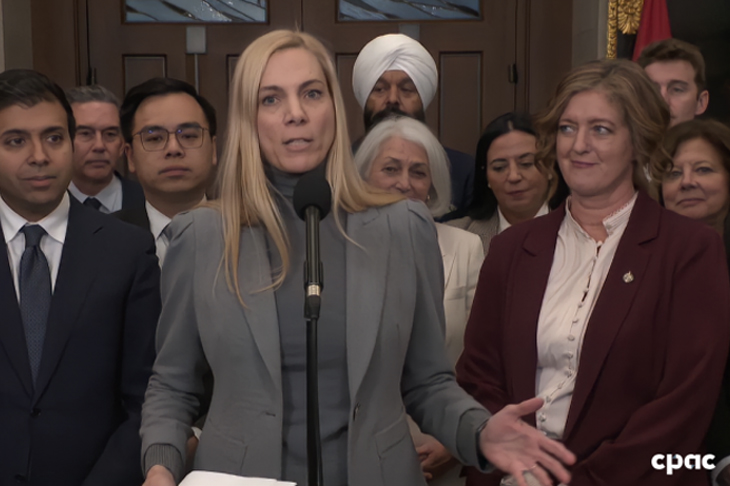By Greg O’Brien
TORONTO – While reminding that the Covid pandemic continues to have an impact on business – and cautioning there remains considerable uncertainty, Rogers Communications reported a solid rebound in its businesses in the third quarter of 2020, beating most of Bay Street’s estimates.
The company reported wireless total net loading of 168,000 new customers – including a 34% increase in postpaid net subscriber additions, the company said in its third quarter press release this morning. Rogers also said approximately 2.2 million total subscribers have now switched to Rogers Infinite plans, up almost 60% in 2020.
That’s important, said CEO Joe Natale to investors and analysts during the company’s Q3 conference call because “data consumption is more than double that of customers on legacy plans,” which prepares Rogers’ base for whatever 5G might bring.
Various cost savings helped bring about an increase in EBITDA, wireless churn was lower and home broadband subscribers increased by 16,000, were some other highlights.
While quarterly and year-to-date revenue remain down from non-covid 2019 (Q3 revenue was down 2% to $3.66 billion), the company reported a substantial improvement across the board when compared sequentially to a historically low Q2. The media division’s revenues were even up 1% (to $489 million) when compared to 2019, thanks to the return of so many professional sports in the summer. However, its EBITDA dropped as expenses rose so all those games could air.
The results “surprised meaningfully to the upside,” said Canaccord Genuity financial analyst Aravinda Galappatthige in his note to investors. “This was due to a combination of factors, including stronger Media results, solid cost control in both wireless and cable, strong wireless volumes and more moderate ARPU pressure in wireless than expected. We believe this represents a big step towards the ‘in line with peers’ performance… particularly given the steep under-performance of the stock this year vs. sector.”
Calling it a “big beat”, BMO Capital Markets analyst Tim Casey wrote in his note to investors the results are “a strong Q3 beat vs. consensus on almost every metric. Wireless results reflected pent-up demand and strong execution (+138k postpaid adds). Cable results continued to be solid as margins improve (+120bps) due to self-installs. Media results were very strong on the return of sports.”
Natale said on the call over 95% of Ignite TV customers are now self-installing, which he estimated will translate annually into 100,000 fewer truck rolls and saving 400,000 hours of customers’ time.
The company also added 38,000 Ignite TV customers in the quarter, but it’s assumed most of those are transitions from traditional cable subscribers because Rogers no longer reports exactly how many total cable TV customers it has. It switched in January to reporting “total customer relationships,” which it defines as “represented by dwelling units where at least one of our Cable services (i.e. Internet, legacy television or Ignite TV, and/or home phone) are installed and operating, and the service or services are billed accordingly. When there is more than one unit in one dwelling, such as an apartment building, each tenant with at least one of our Cable services is counted as an individual customer relationship, whether the service is invoiced separately or included in the tenant’s rent. Institutional units, like hospitals or hotels, are each considered one customer relationship.”
The company’s key performance indicator disclosures for its cable unit are now average revenue per account (ARPA), customer relationships, and market penetration.
Finally, when it came to the Altice/Rogers bid to buy Cogeco, Natale was asked by TD Securites’ Vince Valentini if Rogers would sell its substantial shareholding in Cogeco if, when the latest deal deadline passes on November 18th, no purchase can be completed (and Cogeco ownership has never wavered in its “we’re not for sale” mantra).
“If it’s not accepted, we would do what you would expect us to do,” said Natale. “We review our capital allocation priorities with our board as part of our normal course of planning and strategic priority setting, and we come back to the investment community with what our thoughts and plans are around that capital allocation. I think that’s pretty much all I’m going to say about Cogeco today.”
For Rogers Communications’ complete Q3 results, please click here.









